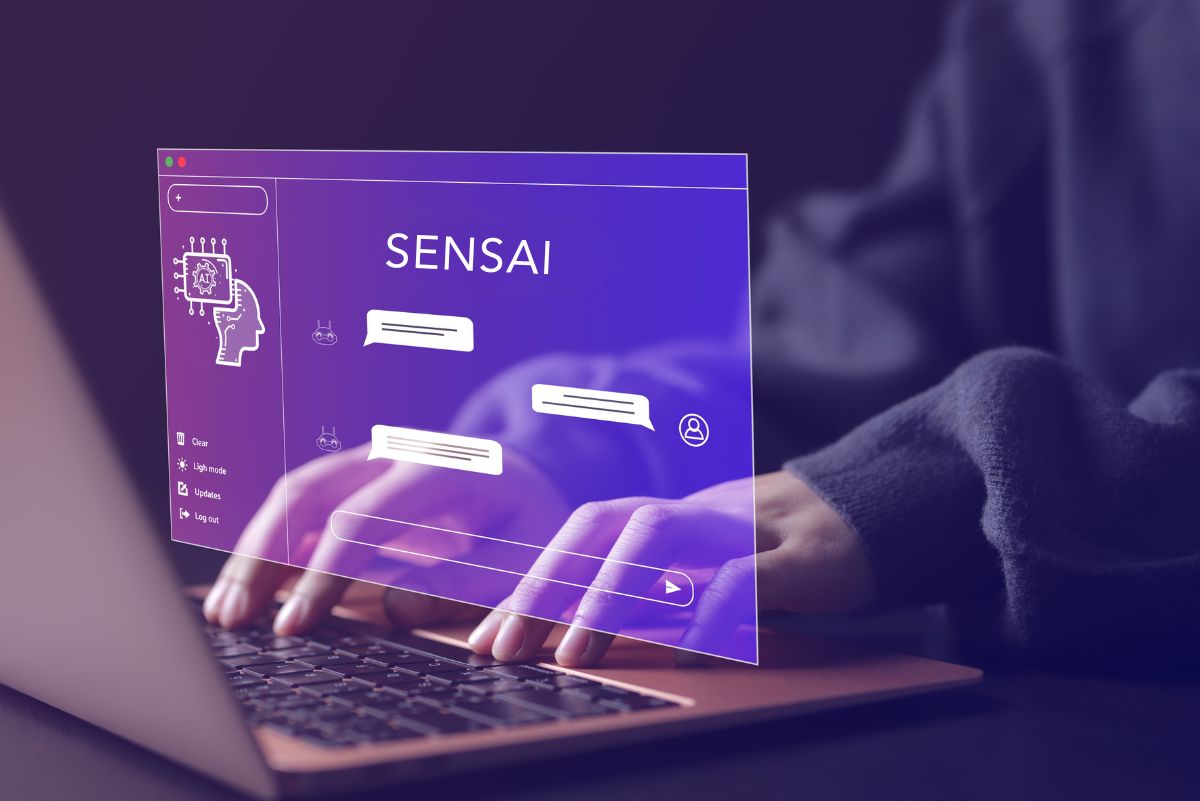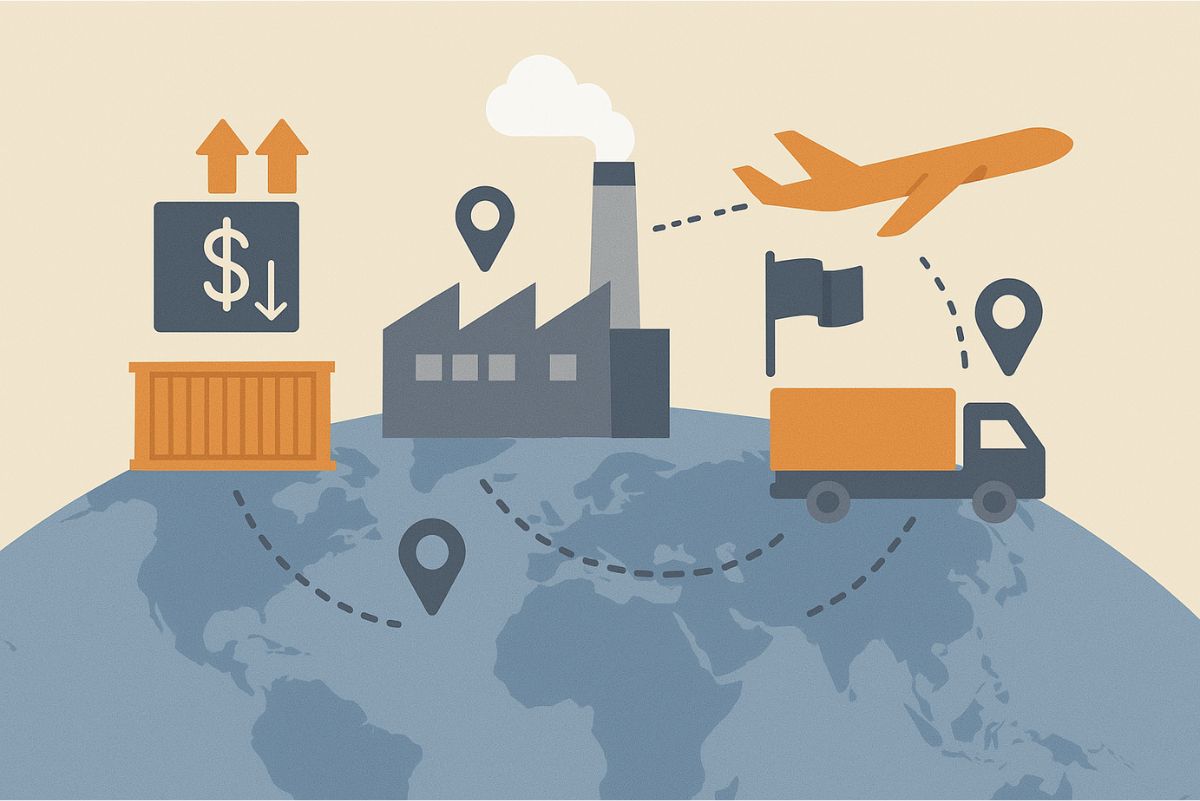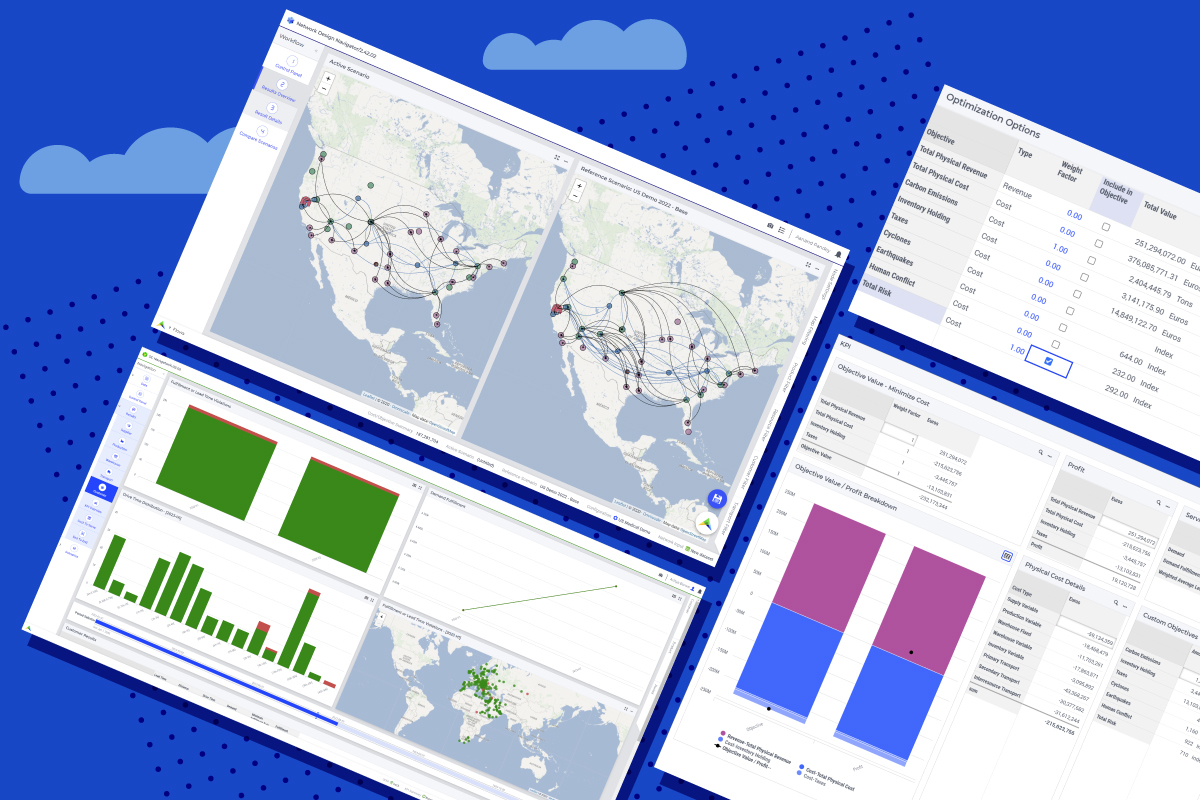IBP Scenario Modeling for Recovery, Restructuring and Resilience
Today’s business reality is constantly shifting. Organizations that are running an IBP process right now are in a better position than others to deal with this uncertainty. Those that also leverage scenarios in IBP are even better prepared to deal with the supply chain shocks caused by COVID-19. Our first webinar with Oliver Wight discussed common people, process and technology pitfalls that hinder IBP initiatives. Our second webinar delved deeper into the technology aspect, focusing on analytical capabilities and scenario modeling. Specifically, we looked at three use cases for scenario modeling using our cloud-based IBP app. Let’s explore them briefly in this blog post.
Use case 1: Initial emergency response
This use case is about responding to the crisis as it lands. It concerns 1-6-month snap decisions which need to be made to contain the pandemic’s impact on the business and how it lands with the customer base. We illustrate this by looking at the global supply chain of a CPG manufacturer that makes hand sanitizer, among other products. In this scenario, we typically see:
- Big changes in customer behaviors
- Big demand shifts in the short range
- Disruption to supply networks
- Business continuity issues
- Historical trends and assumptions that are now invalid, making decision-making difficult
- High degrees of stress and uncertainty
- The need for an immediate response
We look at how technology can help the decision support process and evaluate scenarios in a relatively short space of time. For instance, looking at different demand scenarios to find the optimum product-cost-mix, and understanding the implications of demand scenarios in your current supply chain set up.
Use case 2: Smart restructuring
Here, the initial issues are already contained. The planning horizon is 6-12 months and the focus is reconfiguring the supply chain to go beyond the initial emergency response:
- Customer behaviors are strengthening
- There is a large shift of channels (ecommerce and digital)
- There are portfolio and offering adjustments
- Demand and supply need to be re-aligned
- Inventory needs to be repaired and reorganized
- Supply/sourcing may need to change
- Reorganization needs to happen (business model for the future)
We explore how you can use modeling to understand how you can re-configure the supply side to support demand scenarios in different ways. You can identify supply vulnerabilities, growth areas and opportunities and perhaps discover if changes in the product mix are working to your advantage.
Use case 3: Strategic response (long-term resilience)
In this use case, we explore how organizations can use scenario modeling to build up the health of the organization to where it needs to be, and work towards a resilient future. It’s about responding strategically and understanding what needs to happen to achieve this new vision. We explore, for instance, how you can use network design scenarios to:
- Explore strategic supply chain design choices, such as reshoring or sourcing closer to home
- Optimize the supply chain footprint for new demand profiles and risk appetite
- Build resilience and agility into your decision factors, as well as pure cost optimization
Organizations that are running an IBP process right now are in a better position than others to deal with uncertainty. Those that also leverage scenarios in IBP are even better prepared.” – Tweet this
We hope you find these use cases helpful! Register to watch the complete webinar on demand and contact us if you’d like to learn more about applying these scenarios in your organization.





